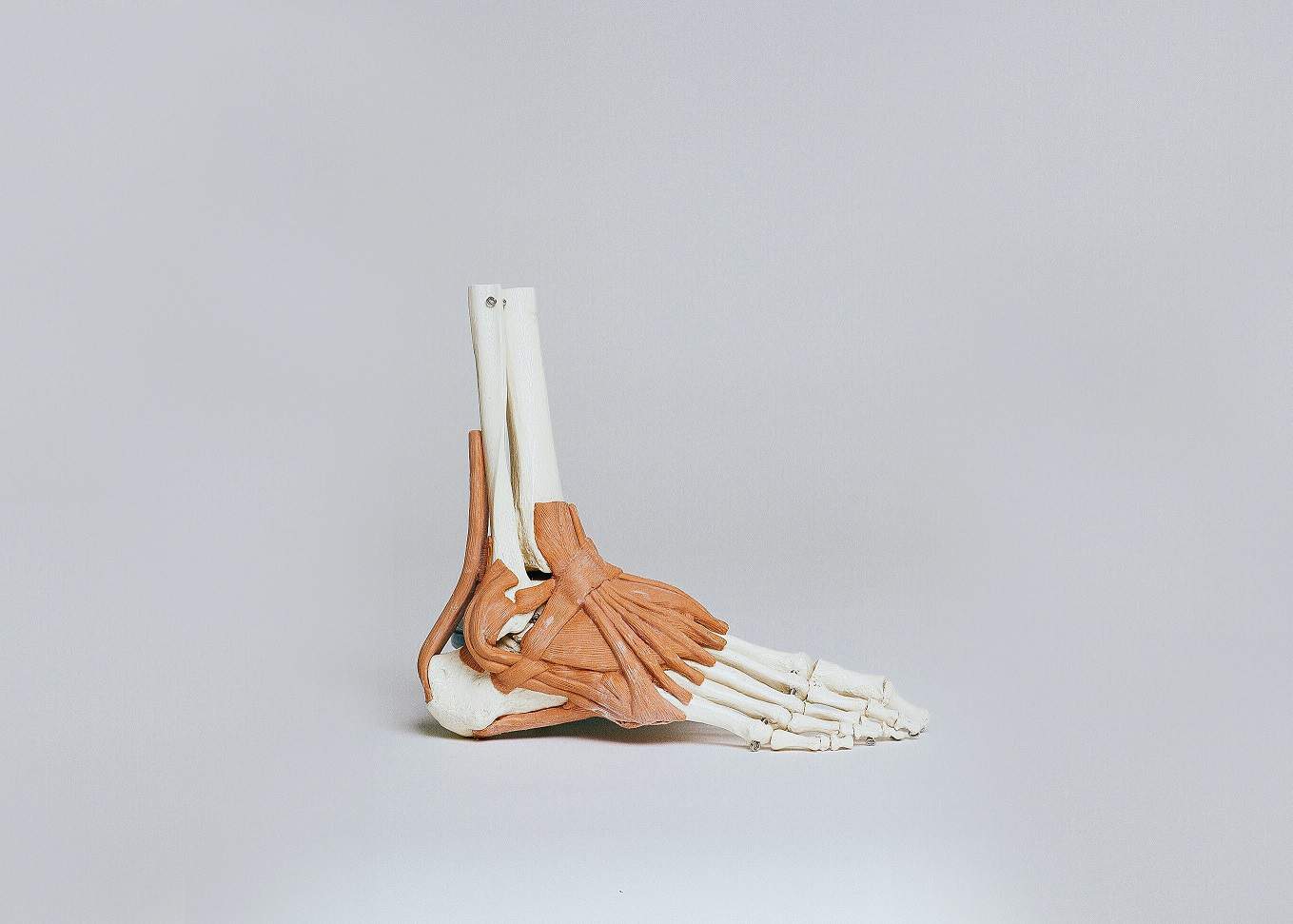Written by Boroondara Osteopathy
A well-known clinic in Melbourne’s eastern suburbs founded by Dr Katie Willy (Osteopath)

Photo by Nino Liverani on Unsplash
Here at Boroondara Osteopathy, we have a particular love (and obsession) for the foot and ankle.
With our foundation osteo education PLUS the combined training in “Anatomy in Motion” our understanding of detailed foot movement and the domino-effect it has with rest of the body is a huge part of our foot nerdism.
According to MedicineNet, knee pain can be divided into three major categories:
But I think we need to add a fourth category: Knee pain that is not coming from the knee itself. Its very possible that the chronic conditions come about after having an acute injury, but the acute injury or medical condition doesn’t have to come from the knee to have in impact or create pain in the knee.
If we take a step and the joints in the foot do not move as well as they should, then the joints further up the body chain, such as the knee, hip, spine, shoulder or even the neck will be impacted. If one of these joints is already vulnerable from a previous issue (we will get to this more below) , then it is likely that another joint could experience a flair up after repetitively being used in a way it does not like, and to be fair, is not mechanically design to.
It’s not your body’s fault, it’s doing the best it can. If this cycle continues for a long period of time, it could be a ticking time bomb for one of those joints to be overused. This explains why we can have dysfunction in one area of the body (for many different reasons), but we experience pain in another seemingly unrelated part of the body.
HISTORY. It always comes down to someone’s history with injury or activity, this can include the smallest things like a stubbed toe, cuts, ankle sprains. The obvious things are fractures or breaks, dislocations, or surgeries. Sometimes it isn’t an actual incident, it can be years of repetitive activities that stress our body, such as dancing that puts lots of pressure through the toes and the body is forced into awkward positions.
A 30-year-old female presents with left knee pain, it had been sore been sore for about 3 months and coincided with her doing lots of weight training, squatting was particularly aggravating. She had no history of knee issues, and has never experienced any major injuries, and could not remember any specific smaller ones. She did however do lots of dancing from an early age into her late teens.
Assessing her weight bearing through her feet, she could feel the weight through the outside of her left foot, the arch was also higher on that side. I watched as she put that leg forward into a lunge position and her arch didn’t pronate (drop) as it should. We then used some wedges in specific spots under her foot to encourage the foot to pronate better and the knee felt different.
The foot is very intricately linked with the knee. By helping the foot get into a pronated position when it should, this took the pressure off the knee which was trying to compensate.
Generally, osteopaths tend NOT to think of flat feet as “fixable”, but we have discovered when we give the right motions back to the feet, changes can be felt and therefore those changes can domino-effect to potentially help take care of the rest of the body. It’s all about the conditions created for movement. Think of it like growing potatoes (and we have unfortunately met feet that look more like potatoes than feet), they need the right conditions to grow. This is the same with the body, our job is to get joints working the right way, as in the way they are designed by their shapes to move, then this has a flow on effect with what the rest of the body is doing and affected by when moving.
We are all ears! Call 9859 5059 or book online via the button below.